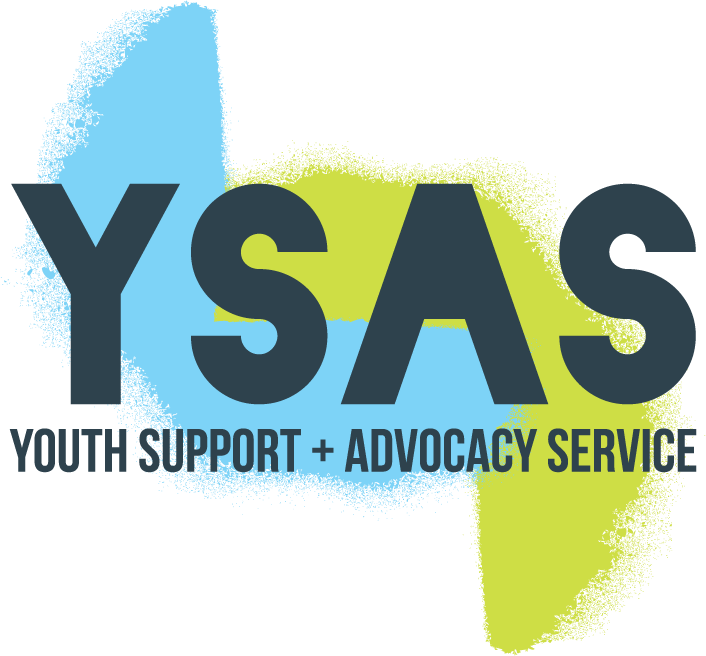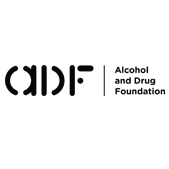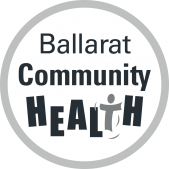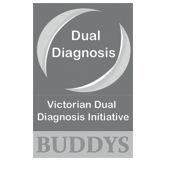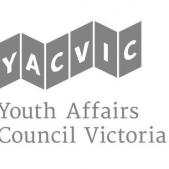Useful Tools
Consequences for drug use
When a young person is known to be using drugs or alcohol, schools are frequently left with the most unenviable task of deciding appropriate action.
It can be a balancing act between competing values. Wanting to fully support individuals who may be experiencing problems to remain connected with school vs upholding the rights of all young people to go to school in a safe and drug free environment.
If a young person’s use of drugs or alcohol is impacting on the school community then most schools will need to act. As well as organising and arranging external supports, agreements or behaviour plans are a common way to monitor and help a young person manage their behaviour in the school environment. Setting limits and agreeing consequences is part of this and if done well can actually bring a young person closer to the support and care they need.
Here are some tips to consider
DEFINE A SET OF EXPECTATIONS AND LIMITS
Be extremely clear on what the school considers acceptable and not acceptable. Consider the young person’s needs, and the needs of other people in the school environment. Ensure all relevant school staff (and parents if appropriate) are clear on expectations and limits.
CONSULT AND NEGOTIATE
If a student has to meet expectations it is ideal if they have been part of the negotiation and agree on them. This is especially the case if the student is in the latter school years. Consider the young person’s age and circumstances when you negotiate expectations.
AGREE UPON A SET OF CONSEQUENCES
Wherever there is a limit there should be a consequence when limits are broken. A consequence is something that follows from a behaviour, it doesn’t need to be thought of as a punishment. For instance, for a young person reluctant to seek help a consequence for transgressing an expectation or limit may be the requirement that the student make contact with a Youth AOD support service or other youth service. (Youth services will back themselves to engage even reluctant young people!)
Consequences should be graduated (so that learning can take place). This means starting off with consequences that are not too restricting but increasing with restriction if limits continue to be broken. This helps avoid the most drastic (and potentially developmentally harmful) consequence of excluding a young person from school unless absolutely necessary.
BE CLEAR AND CONSISTENT IN APPLYING THE LIMITS AND CONSEQUENCES
Once limits and consequences have been agreed you really need to follow through with the consequences that have been set. This means all school staff in a position to make descisions about consequences need to understand any agreement made. This is also another reason why consequences that gradually step up for successive breaches are useful- they can make following through easier.
REWARDS!
Considering consequences should include thought about positive consequences for when a young person does meet expectations.
REVIEW AND RENEGOTIATE
Be prepared to continually review and renegotiate new limits, consequences and rewards.




